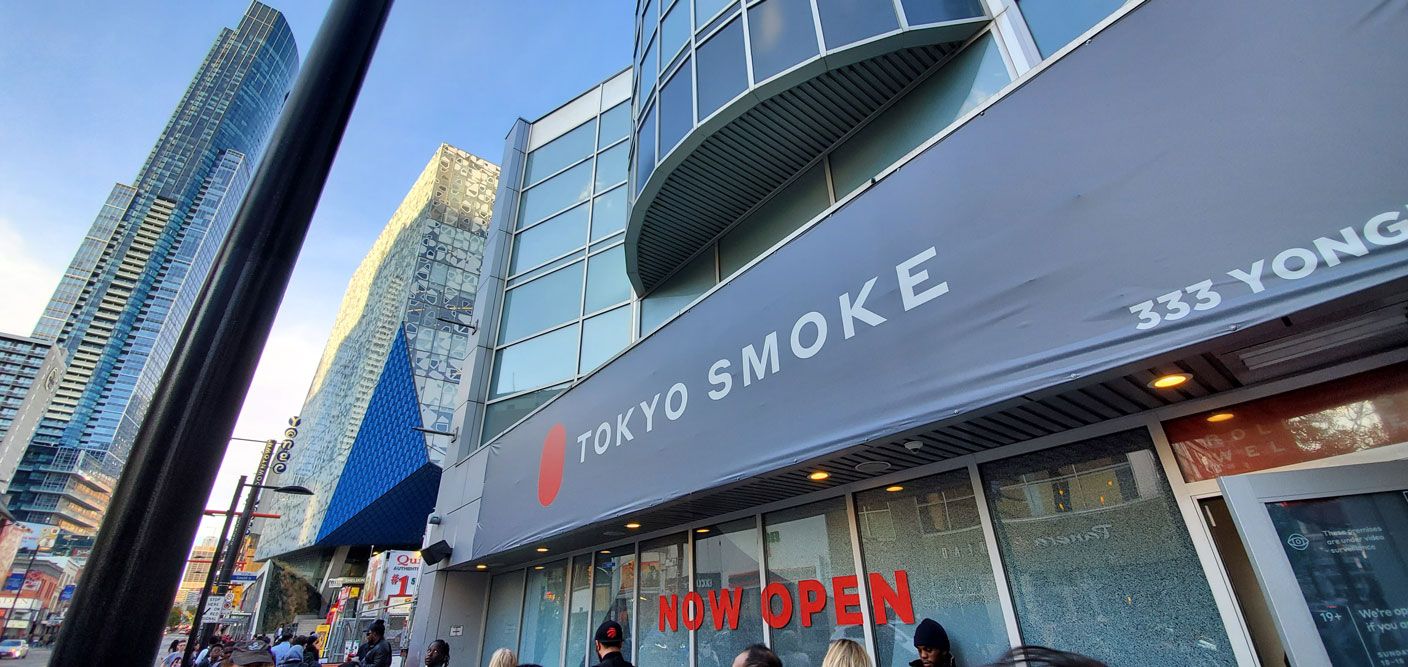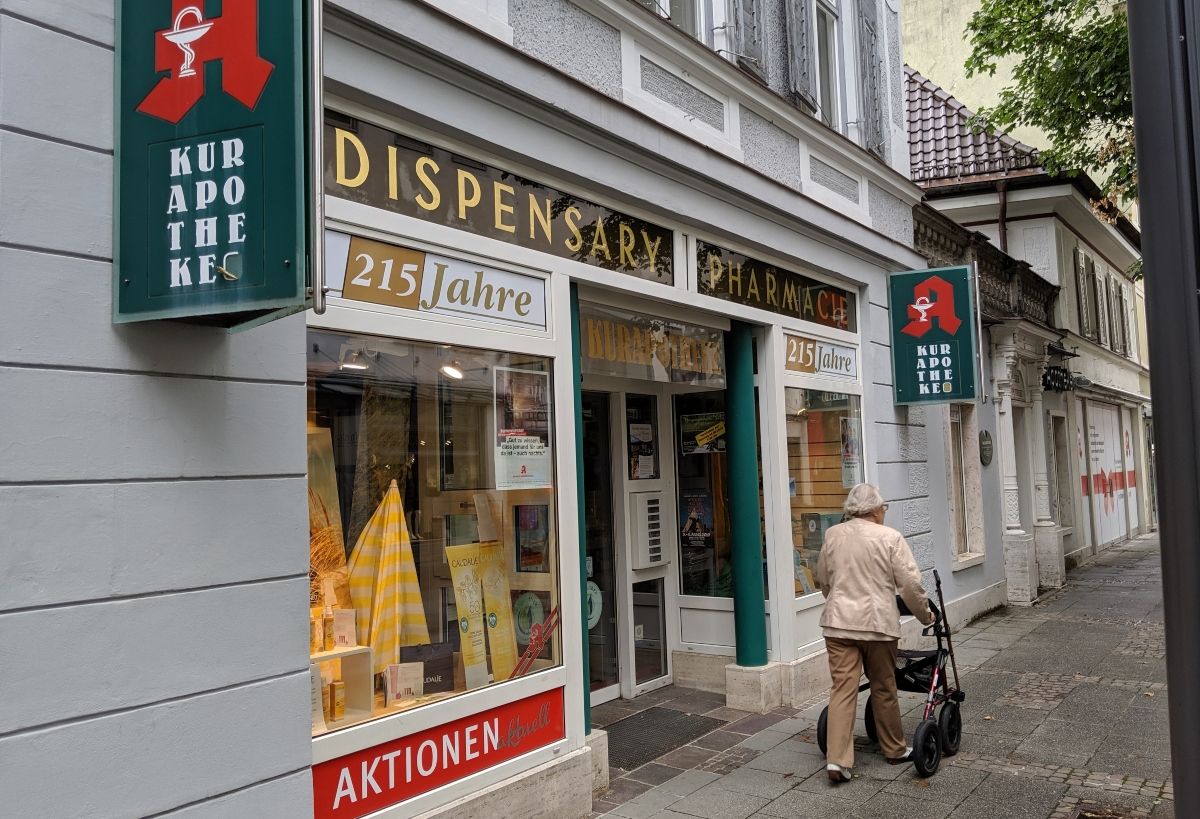The two most important cannabis markets in Canada experienced the worst sales of adult-use products per capita in the first year of legalization, reflecting struggles of officials in those provinces to get a handle on the policy tools at their disposal to regulate the industry.
From October 2018 through September 2019, British Columbia’s marijuana stores sold 50 million Canadian dollars ($37 million) worth of cannabis, while Ontario recorded sales of CA$216 million. That represents just CA$10 and CA$15 per person, respectively.
“Differences between regions in total and per capita cannabis store sales may be explained in part by Canadians’ access to cannabis stores,” according to the Statistics Canada report.
British Columbia and Ontario utilized a slow rollout of adult-use stores in Year One, though the outlook for the second year of legalization is already brightening.
B.C. authorized a flurry of new stores and Ontario is planning to open the floodgates to applications next month.
Overall, CA$908 million worth of cannabis products were sold across the country in the time period.
Canada saw just more than 400 stores open in the first year, with most of them located in Alberta.
In 2020, that number likely will surpass 1,000.
Statistics Canada cited a number of factors that may influence access to cannabis, including:
- Administrative and operational steps required to establish a retail store.
- The immediate or staggered entry of retail operations over the course of the year.
- Competition from illicit markets.
- Disruptions in the supply chain.
- Differences in the regulatory approaches.
Regulatory factors that vary by province include:
- Raising the legal consumption age.
- Lowering allowable possession limits.
- Restricting the number of private or public stores.
- Restrictions on store hours.
The data showed that Canadians had little appetite for online ordering.
In September, online cannabis sales accounted for only 5.9% of all receipts.
That is partly attributable to poorly run provincial online stores, which rely on unreasonably slow and expensive delivery methods compared to private sector solutions.
Despite the poor results, most provinces have chosen to maintain a grip on online cannabis platforms.
Statistics Canada concluded that “the cannabis retail market will continue to evolve as jurisdictions adapt their regulatory approaches, as supply chains develop and as cannabis product offerings diversify.
“Measures such as retail sales values and proximity estimates will continue to be important sources of market insight.”




